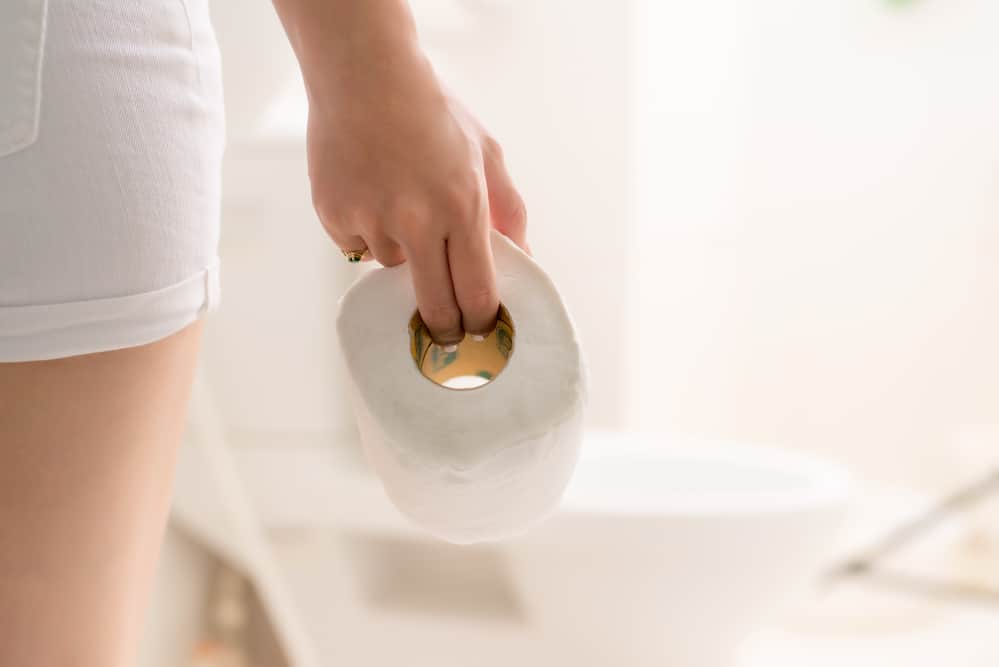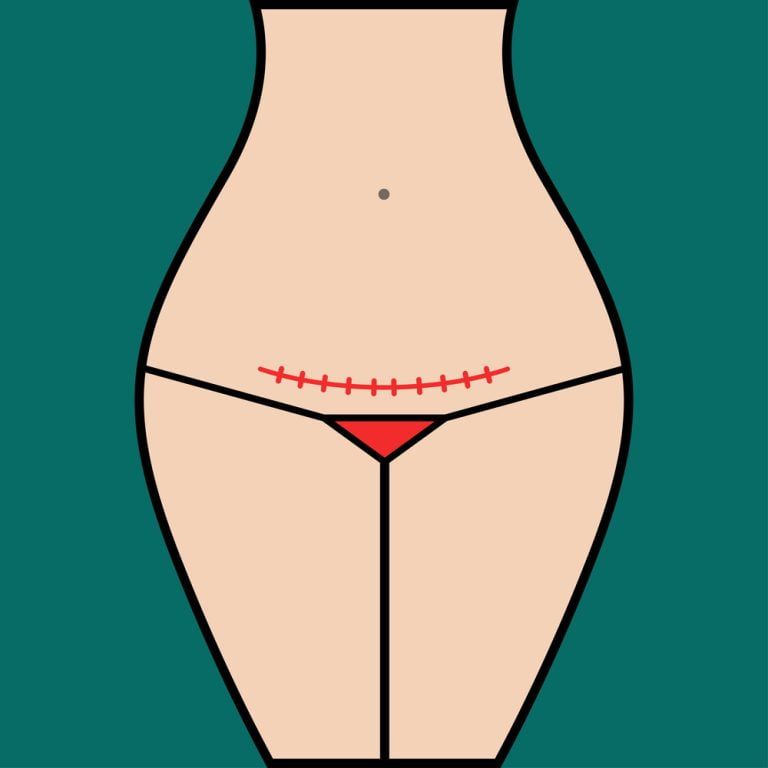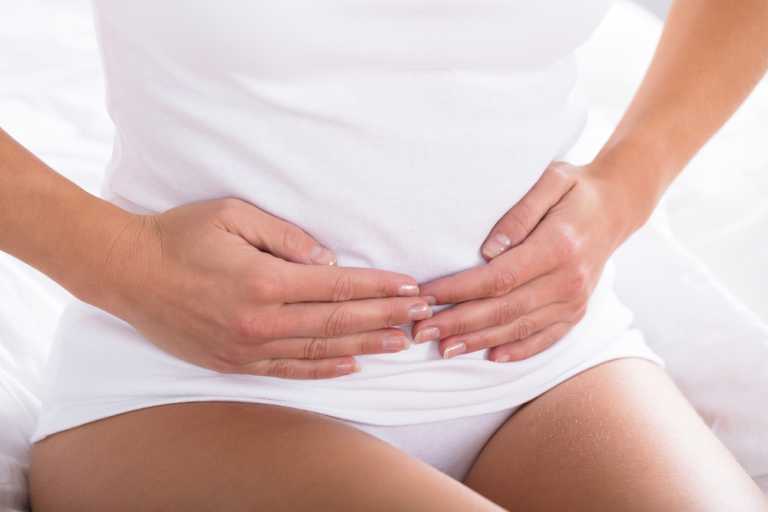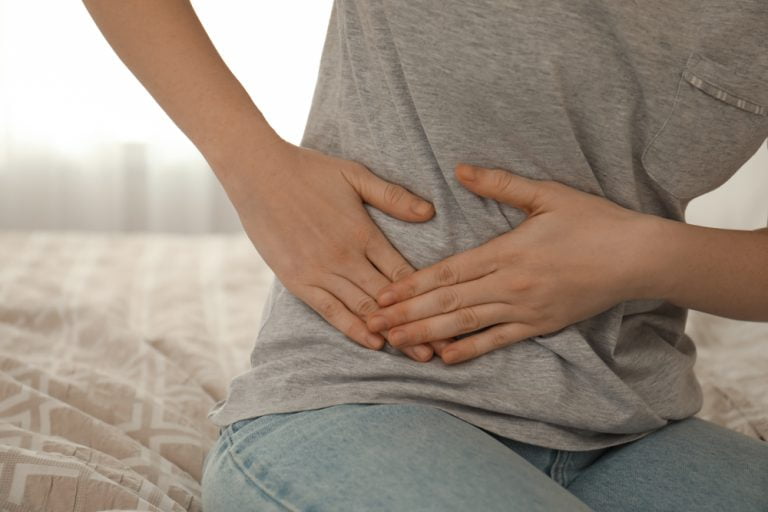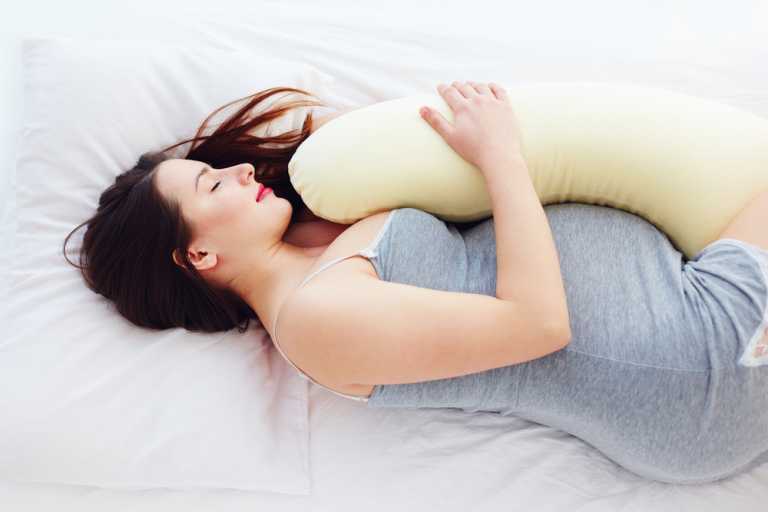All postpartum poops are nerve-wracking. But stitches and post-anesthesia constipation can send anxiety levels skyrocketing!
The good news is that pooping won’t tear your stitches, although it might feel like it. However, hemorrhoids and anal fissures are a real possibility if you don’t care for yourself and your digestion.
This means it’s time to take a break from thinking about what’s in the diapers and focus on yourself. So, grab a cup of warm water and a handful of prunes, and get ready to learn everything there is to know about pooping after a c-section.
When Should You Poop After a C-Section?
Most women have their first bowel movement between 3 and 5 days after their cesarean section. But it can take up to a week.
The delay in returning to a regular pattern of bowel movements is caused by:
- Anesthesia, which can make your bowels sluggish.
- Pain medications.
- Iron supplements.
- Dehydration.
- Not eating enough fiber.
- Weakened abdominal and pelvic floor muscles.
- Lying still.
- Anxiety about pooping.
The break is great in some ways, as it gives you a little time to heal and recover before engaging those core muscles to push.
Unfortunately, it can also lead to painful trapped gas. So it’s a good idea to try to get things moving as soon as possible.
How to Avoid and Relieve Constipation After a C-Section
Recovering from a cesarean is challenging enough without the added discomfort of constipation. Here’s how to help your bowels return to normal as soon as possible.
Walking
Although uncomfortable, walking is a vital part of your recovery and will get your bowels moving again.
Start on day 1 with short indoor walks of about 5 minutes. Then, as you recover, work up to gentle 20-minute strolls. If you feel your stomach needs support while you’re up and about, try wearing an abdominal belt.
Water
Staying hydrated ensures your stools are soft and keeps you regular. Warm or room-temperature water is the most effective, as ice-cold drinks can restrict blood flow to your intestines.
You could also try:
- Herbal teas like peppermint or camomile.
- Fruit juice.
- Prune juice.
- Hot water with lemon.
Fiber
Fiber helps bulk out your stools and makes them softer, which is exactly what you need for regular bowel movements. So, after your c-section, make sure your diet includes food like:
- Fruits
- Vegetables
- Whole grains
- Oats
However, not all high-fiber foods are helpful. Some are well known for their gassiness, and they’ll only worsen your trapped gas.
Gassy foods include:
- Broccoli
- Cabbage
- Brussels sprouts
- Cauliflower
- Asparagus
Pause Your Iron Supplements
If you suspect that your iron supplements are blocking you up, ask your doctor if it’s OK to take a break.
To keep your iron levels high, eat foods like:
- Green leafy vegetables
- Red meat
- Turkey
- Pumpkin seeds
- Quinoa
Take Laxatives
You can try a laxative if you need extra help getting things moving.
Your healthcare provider will be able to prescribe one that’s breastfeeding-safe. Or, you could try a natural laxative, like prunes. Eat seven, twice a day.
Some moms also swear by sugar-free candy. But don’t eat too much, or your constipation could quickly turn into diarrhea.
How to Poop After a C-Section
The first poop after every birth is nerve-wracking, and even more so after a c-section. Unfortunately, stress won’t help and will only prolong the process. So, instead of worrying, try these essential post-c-section pooping tips.
Relax
Try some meditation, calming music, or diaphragmatic breathing. This is deep breathing, where you inflate your belly and ribcage as you inhale and flatten them as you exhale.
Relaxing will let your body “rest and digest,” so do it a few times throughout the day and when you visit the bathroom.
Hydration and Stool Softeners
Drink lots of water and take stool softeners. This will increase the amount of water in your poop and make it easier to pass.
Ask For Help With the Baby
Having someone else hold the baby while you visit the bathroom can be invaluable. It’ll save you from being interrupted and having to perform with a little audience in a bouncy chair.
Raise Your Feet
While sitting on the toilet, use a step stool or a pile of books to raise your feet above your hips. This puts your body in the squatting position, giving your stools the easiest exit route.
Use a Pillow
Support your weakened abdominal muscles by pressing a pillow against your stomach.
Don’t Bear Down
It’s incredibly unlikely that you could pop a well-placed stitch by straining to poop. But you could cause hemorrhoids or anal fissures, and you have enough on your plate without dealing with that.
So instead of bearing down, use your breath to help ease out your poop. This means inhaling deeply and, as you exhale, pushing gently and slowly.
Take a Break
The other trick to avoiding hemorrhoids is to spend no more than 10 minutes on the toilet. So, if you’ve had no success by then, give up, go for a walk, and try again later.
Have a Plunger Ready
If it’s been a week since your last bowel movement, you may be shocked by the size you can produce. Don’t get caught out like many women before you, and have a plunger at the ready.
When to Seek Medical Assistance for Pooping After a C-Section
The sooner you seek help for constipation, the easier your first poop will be.
Your healthcare provider may be willing to prescribe stool softeners from day one and laxatives from day four. They may also tell you to swap certain medications and supplements.
You should also contact your doctor if you experience any of the following symptoms:
- Blood in Your Stools
This is usually a side effect of hemorrhoids or constipation, but it’s still important to report it.
- No Bowel Movement for 7 Days
Occasionally, this can be a sign of a serious complication, like bowel obstructing adhesions.
- Nausea And/or Vomiting
This could indicate an intestinal blockage or infection and needs to be checked out.
- Worsening Pain
Some pain is expected after a C-section, but it should improve every day. Pain that increases is a sign that something could be wrong.
FAQs
Does Pooping After a C-Section Hurt?
The first poop after a c-section is different for everyone. Some women say it caused no problems. Others say it was like giving birth.
It all comes down to how your body reacts to pain medications and anesthesia and how much you move and drink. Plus, the sooner you poop, the less painful it’ll be.
Is It OK to Push to Poop After a C-Section?
You should always avoid straining to poop, but even more so after your c-section. Instead, use small, gentle pushes as you exhale.
Never try to force a bowel movement for more than 10 minutes. Instead, use diet, hydration, exercise, and laxatives to move things along.
Can Coffee Help You Poop After a C-Section?
Coffee can reduce the time until your first poop after your c-section. But you should avoid it if you can.
This is because it can cause dehydration and slow your healing. Plus, caffeine can be passed to your baby via breast milk, making them jittery and irritable. It can even stop them from sleeping!
